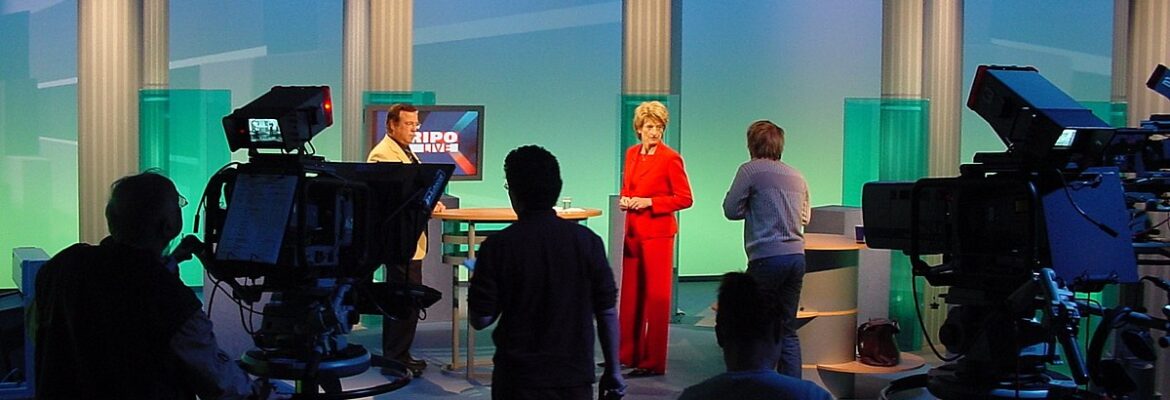The Evolution of Television Programming: From Antennas to Streaming Services
Tv Online has come a long way since its inception, evolving from the traditional broadcast model to the diverse landscape of streaming services we enjoy today. This article explores the transformation of TV programs, examining the factors that have shaped their development and the impact on viewers.
The Birth of Television:
Television made its debut in the early 20th century, with the first experimental broadcasts taking place in the 1920s. The medium quickly gained popularity, becoming a household staple by the mid-20th century. Early TV programs were limited in scope and broadcast over-the-air via antennas, offering a handful of channels with scheduled programming.
The Golden Age of Television:
The 1950s and 1960s are often referred to as the “Golden Age of Television.” During this period, classic shows like “I Love Lucy,” “The Twilight Zone,” and “Leave It to Beaver” captivated audiences. Networks played a pivotal role in shaping viewer preferences, and families gathered around their television sets to watch scheduled broadcasts.
Cable Television and the Expansion of Options:
In the 1980s, cable television emerged as a game-changer, offering viewers an expanded selection of channels and specialized programming. This era saw the rise of cable networks like MTV, CNN, and HBO, each catering to specific interests and demographics. The advent of cable allowed for increased diversity in content, giving niche audiences the chance to find programs tailored to their preferences.
The Digital Revolution:
The late 20th century witnessed the advent of digital technology, transforming the way television programs were produced and distributed. This shift paved the way for high-definition broadcasts, interactive features, and on-demand content. DVRs became commonplace, empowering viewers to control when and how they consumed their favorite shows.
Streaming Services Take Center Stage:
The 21st century brought about a seismic shift in the TV landscape with the rise of streaming services. Platforms like Netflix, Hulu, and Amazon Prime Video revolutionized how viewers access and consume content. Binge-watching became a cultural phenomenon, and original series produced by these platforms garnered critical acclaim and a massive global audience.
The Impact on Traditional Television:
As streaming services gained prominence, traditional television networks faced new challenges. Ad-supported models became less effective as viewers gravitated towards ad-free streaming experiences. Networks adapted by launching their own streaming platforms, like NBC’s Peacock and Disney’s Disney+, to stay relevant in the digital age.
The Future of Television Programming:
Looking ahead, the future of television programming appears to be increasingly decentralize. More streaming services continue to enter the market, offering a plethora of choices for viewers. Additionally, advancements in virtual reality and augmented reality may further redefine the viewing experience, providing immersive and interactive content.
Conclusion:
Television programming has undergone a remarkable evolution, from its humble beginnings with broadcast networks to the dynamic and diverse landscape of streaming services today. As technology continues to advance, the way we consume content will undoubtedly evolve further, shaping the future of Tv Online for generations to come.

